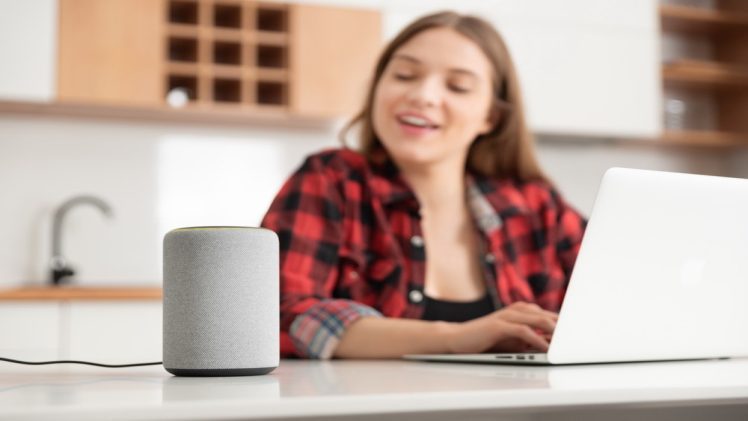What is the first thing you think of when someone mentions home automation? In the 2020s, we think of things like voice-activated lighting and smart thermostats. Back in the 1980s, home automation was an entirely different thing. Go back another 30 years and the differences are even more profound.
A 2017 article posted on the Hackaday website does a good job of introducing readers to the basic concepts of home automation from its earliest days. Author John Baichtal presents home automation as the concept of using technology to automate manual tasks.
That is a pretty broad definition. But if we apply it to older technologies, we can easily see how the definition of home automation has evolved over the last seven decades.
Home Automation in the 50s
Home automation in the 1950s was nothing like it is today. To a typical homeowner of the time, the electric clothes dryer was an automation device. A housewife lucky enough to have one no longer needed to use a manual or motorized ringer. She threw the clothes in the dryer, closed the door, and pushed a button. The dryer did everything else.
Automatic dryers were a luxury item in the 1950s. They were a lot like televisions. If you had one in your home, you were doing better than your neighbors. In that regard, home automation was not all that different compared to today. Home automation devices are still considered luxury items in some circles.
Home Automation in the 70s and 80s
As more and more home appliances were developed, the definition of home automation shifted. By the time the 1970s rolled around, there was an automatic clothes dryer in virtually every home. Likewise for dishwashers, self-cleaning ovens, etc. The evolution of home automation left automatic appliances behind in favor of electronic gadgets.
Through the 70s and into the 80s, home automation was all about equipping homes with tons of electronic devices that could be operated from centralized control panels. The wealthiest of home automation fans could turn on the lights, shut the blinds, and operate their home entertainment systems from a single panel. The more buttons the panel had, the more luxurious the system.
Also Check: How To Choose The Right Headphones For Electronic Drums
Home Automation in the 2000s
Home automation didn’t evolve much from the 1980s through the end of the century. Designers and manufacturers concentrated on replacing wired systems with remote control, mainly through infrared technology. At the same time, wired home security systems came into their own. It wasn’t until the internet, wi-fi, and cell phone technology converged that home automation took the next big step. That brings us to where we are today.
Home automation in the 2000s is about two things: artificial intelligence and remote access. Companies like Vivint Smart Home sell all sorts of home automation devices that make our homes smarter, more efficient, and more secure. And nearly every one of those devices can be accessed remotely.
Voice control is considered the leading edge of home automation in the 2020s. Technology companies are aggressively competing for dominance over the voice control market. That competition has led to the introduction of some pretty impressive devices.
A Significant Evolution
In its earliest days, home automation was focused mainly on building machines capable of taking over as much manual labor as possible. In the decades since, it has evolved into a much broader concept that is more or less focused on taking human beings out of the equation altogether.
Home automation’s evolution has been significant. We have gone from automatic clothes dryers to artificially intelligent thermostats that can learn and self-adjust. That is pretty impressive.



